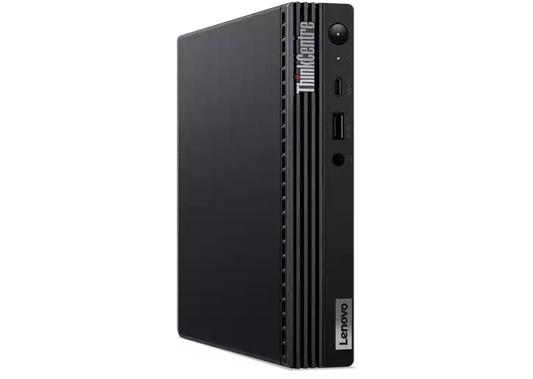3 Things To Consider When Buying a Network Splitter
Network splitters are small devices that are designed to split one internet connection into two via an ethernet cable. This is particularly useful if you need to use an ethernet connection for multiple devices, but only have access to one original connection.
This article will teach you about 3 things you should consider when buying a network switch, including the speed, number of ports, and whether or not you should actually be purchasing a network switch.
1. Do You Need a Splitter or a Switch?
Network splitters and network switches are similar devices that many people confuse. However, there are distinct differences between the two and it’s important to know which one you’re looking for or you may end up with a device that won’t work for you.
Network Splitter
A network splitter is a very simple device that, in its most basic form, consists of a plastic connector device that has three female ports. Your ethernet cable will go into the side with one port, then you will connect your two devices to the side with two ports. That way the internet connection is split between the two devices.
The benefit of this device is that it is very simple to use and requires virtually no setup. All you have to do is plug your three ethernet cables into the ports and you should be good to go.
The downside to using a true network splitter is that it can cut down the speed of your internet connection by over 50%. As long as you don’t need super high-speed internet this isn’t as big of a problem. However, if you need to download large files or want to work with photos and videos, you’ll need to find a better solution.
Network Switch
In contrast to a network splitter, a network switch is a more complex device that requires quite a bit of setup. It requires its own power source and is a device that you are able to program. This means that it requires more experience, and possibly an IT professional, to set up.
The benefits of using a network switch are massive. You can connect many more devices to a network switch than you can with a simple splitter. Most network switches have anywhere from 5 to 52 ports.
Since network switches are programmable, you can connect multiple internet connections to the device and set it up so that it feeds the correct network to the right devices. This is one reason that network switches are such a great option for large corporations, you are able to keep everything organized more easily.
The main downside to a network switch is that they are quite a bit more expensive than a network splitter. After all, a network splitter is just a piece of plastic. It doesn’t require its own power source or any setup.
Another significant downside is that since they require setup and maintenance over time, they are not beginner-friendly devices. If you are not an IT professional yourself, you’ll likely be calling one in to help you set your switch up.
2. Number of Ports
Although the average number of ports that you’ll find in a network splitter is three, one for the original ethernet port and two for the new connections, it is possible to find splitters with more.
Remember, the more ports there are in a network splitter, the slower the internet will be for each connection. So, if you need to connect your internet to multiple devices and don’t want to sacrifice speed, you may be better off using a device like a network switch.
3. Speed
The last thing you should consider before purchasing a network splitter is how fast you need your internet to be.
When using a splitter, it’s pretty much a guarantee that your internet will be slower. However, the extent to which it slows down will depend on the network splitter you purchase.
If you purchase a high-quality splitter, you will not lose nearly as much speed as you would with a cheaper model.
Key Takeaways
Network splitters are very useful devices, they allow you to take one ethernet cable and split that internet connection into two or more individual connections. However, they do have their limitations.
Network splitters have a limited number of ports and the speed of each connection will be a fraction of the original. That’s why, if you have over three to four devices that you need to connect, it may be a better choice to purchase a network switch.



